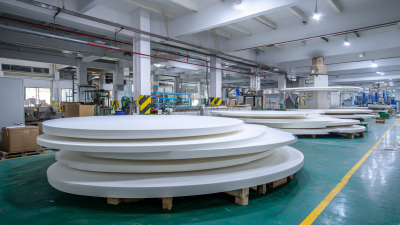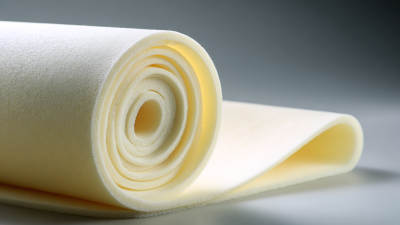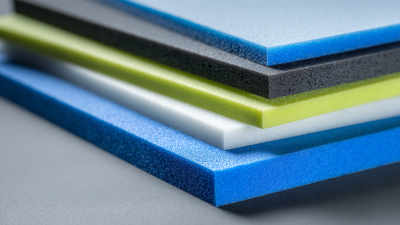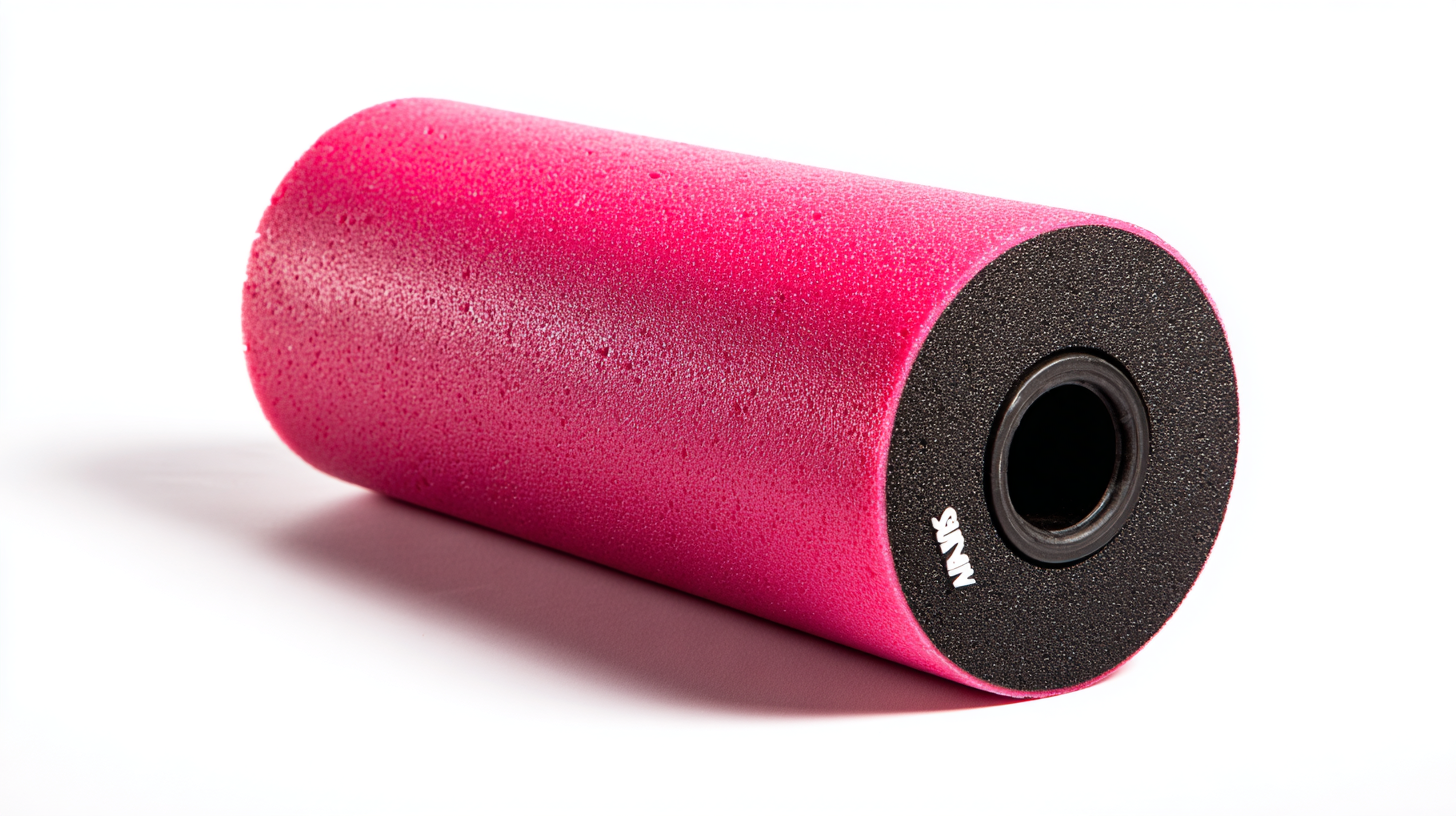 In the realm of fitness and rehabilitation, the importance of recovery tools cannot be overstated, and the Eva Foam Roll has emerged as a cornerstone for fitness enthusiasts seeking optimal performance and injury prevention. According to a report by the American Council on Exercise, around 70% of fitness professionals advocate the use of foam rollers as a key component in post-exercise recovery routines. This statistic underscores the growing recognition of the Eva Foam Roll for its ability to release muscle tension, enhance flexibility, and improve range of motion, all crucial factors for maintaining an active lifestyle. Furthermore, research published in the Journal of Sports Rehabilitation shows that foam rolling can significantly reduce muscle soreness following intense workouts, thereby accelerating the recovery process. Thus, incorporating the Eva Foam Roll into one’s fitness regimen not only aligns with expert recommendations but also empowers individuals to maximize their workout effectiveness, ensuring they remain at the pinnacle of their fitness journey.
In the realm of fitness and rehabilitation, the importance of recovery tools cannot be overstated, and the Eva Foam Roll has emerged as a cornerstone for fitness enthusiasts seeking optimal performance and injury prevention. According to a report by the American Council on Exercise, around 70% of fitness professionals advocate the use of foam rollers as a key component in post-exercise recovery routines. This statistic underscores the growing recognition of the Eva Foam Roll for its ability to release muscle tension, enhance flexibility, and improve range of motion, all crucial factors for maintaining an active lifestyle. Furthermore, research published in the Journal of Sports Rehabilitation shows that foam rolling can significantly reduce muscle soreness following intense workouts, thereby accelerating the recovery process. Thus, incorporating the Eva Foam Roll into one’s fitness regimen not only aligns with expert recommendations but also empowers individuals to maximize their workout effectiveness, ensuring they remain at the pinnacle of their fitness journey.
Eva foam rollers have become an essential tool for fitness enthusiasts looking to enhance muscle recovery. Research indicates that using foam rollers can significantly reduce delayed onset muscle soreness (DOMS) by up to 50% when incorporated into a post-workout routine. The gentle pressure applied by the EVA material enhances blood flow, allowing for quicker elimination of metabolic waste products, which aids in the recovery process.
In addition to reducing soreness, foam rolling helps improve flexibility and range of motion. A study published in the Journal of Sports Rehabilitation found that regular foam rolling can improve flexibility by 10-20% after just one session. This is vital for athletes and fitness lovers aiming for optimal performance, as improved range of motion can lead to better exercise mechanics and reduced injury risk.
Tips: Always spend extra time on tight areas, rolling slowly and pausing on tender spots for 20-30 seconds. Incorporating foam rolling into your daily routine, even on rest days, can yield long-term recovery benefits. Lastly, remember to hydrate adequately after foam rolling to support the body’s recovery processes.
Foam rolling is an essential practice for fitness enthusiasts looking to improve their recovery and overall performance. The Eva foam roller, known for its durability and versatility, serves as a perfect tool to help relieve muscle tension and enhance flexibility.
By effectively mobilizing the fascia—the connective tissue that surrounds muscles—foam rolling can promote blood circulation, reduce soreness, and speed up recovery time.
Key techniques for effective foam rolling include targeting specific muscle groups, using your body weight to apply appropriate pressure, and rolling slowly to allow the muscle fibers to release tension. Begin with larger muscle areas, such as the thighs and back, before moving on to smaller, more sensitive spots like the calves and shoulders. It is also advisable to spend a sufficient amount of time—generally 30 seconds to two minutes—on each area, focusing on any knots or tight spots.
Incorporating these techniques into your regular fitness routine ensures that the benefits of foam rolling are maximized, keeping your body primed for optimal performance.
Integrating Eva Foam Rolling into your workout routine can significantly enhance your overall performance and recovery. These versatile tools are designed to help maintain flexibility and decrease muscle soreness, making them indispensable for fitness enthusiasts. By applying pressure to targeted muscle groups, Eva foam rollers assist in breaking down knots and increasing blood flow, which is crucial for muscle recovery after intense workouts.
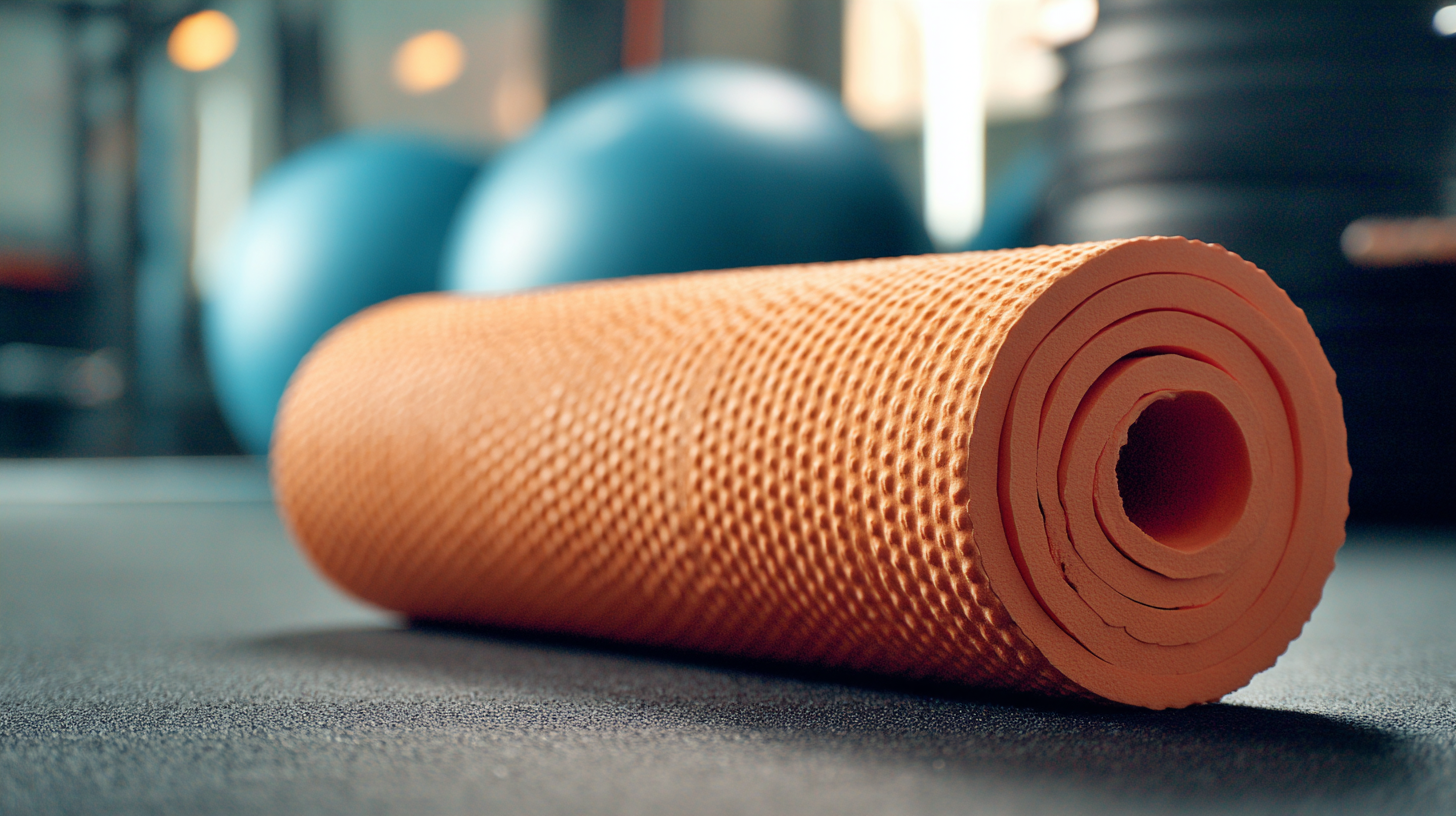
Incorporating foam rolling before and after your workout can create a balanced routine. Prior to exercising, a quick session of foam rolling can warm up the muscles, preparing them for the demands of physical activity. Post-workout, it serves as an effective recovery tool, alleviating tension and promoting relaxation. By dedicating just a few minutes to this practice, you can enhance muscle elasticity and range of motion, allowing for better performance and reduced injury risk in your fitness journey.
When selecting the right EVA foam roller for your fitness routine, it's essential to consider several key factors to optimize your experience. According to a survey by the National Academy of Sports Medicine (NASM), 82% of fitness professionals recommend using foam rollers for muscle recovery and flexibility improvement. The density of the foam roller is a crucial element; firmer rollers are ideal for deeper tissue massage, while softer options are better for beginners or those with sensitivity.
Additionally, the size and shape of the foam roller can significantly impact its usability. A study published in the Journal of Sports Rehabilitation found that longer rollers (36 inches) are more effective for larger muscle groups, whereas shorter rollers (18 inches) offer better portability and are suitable for targeted areas. When choosing your EVA foam roller, consider your fitness level, areas of focus, and whether you require a roller with added features such as textured surfaces for enhanced muscle stimulation. This informed choice ensures you get the most out of your recovery regimen while catering to your specific needs.
When it comes to using EVA foam rollers, many fitness enthusiasts unknowingly make common mistakes that can detract from the benefits. One prevalent error is applying too much pressure, especially on tender areas or injuries. According to the American Council on Exercise (ACE), excessive pressure can lead to bruising and may worsen muscle strain instead of providing relief. It's essential to listen to your body and adjust the intensity to a comfortable level.

Another mistake is neglecting to focus on breathing techniques during the rolling process. Research from the National Academy of Sports Medicine (NASM) shows that proper breathing can help enhance muscle recovery by promoting relaxation and blood flow. When rolling, take slow, deep breaths to ease tension and maximize the effectiveness of the foam roller.
Tips: Ensure you spend more time on tight areas without rushing through the session. It’s advised to hold each position for at least 30 seconds to engage the muscle fully. Additionally, incorporate foam rolling into your routine both pre- and post-workout to optimize your performance and aid recovery.
